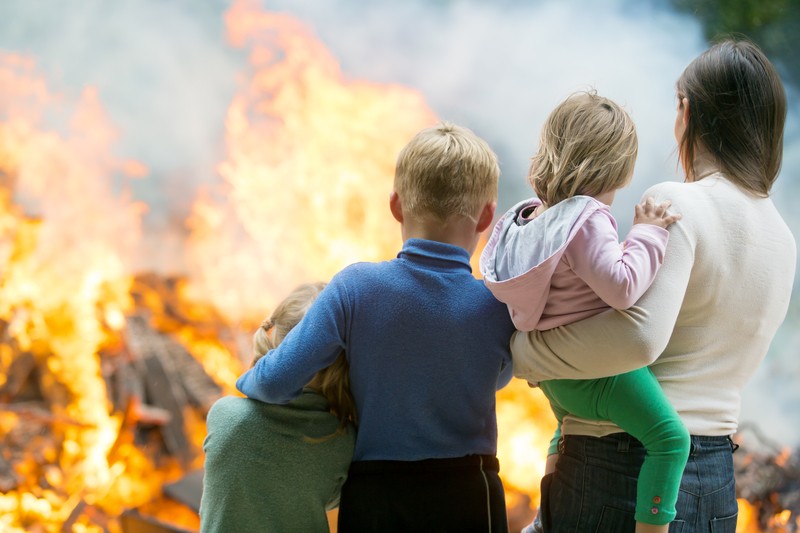While it's important to know what items to pack for your children in the event of an emergency, it is equally important not to instill unnecessary fear into their heads. Remember to focus on the positive: Planning is helpful, planning is power, etc.
EDC definition: Every Day Carry
What EDC gear should children have?
Water – No person should be without water. You can easily slip a BPA free water bottle in their backpack every day. This will provide them with at least some measure of water should something happen. Even if a child is in grade school they know what to do with this. Older children could even pack a water filter like the Sawyer Mini. This is incredibly lightweight and packs small but they will now have an almost limitless source of clean water if needed. Naturally, they will need to recognize situations where this filter is needed and instructed in how to use it properly.
Food – Children don’t need three days of freeze-dried food in their packs, but a few snack bars would keep them fed for a while. The trade-off is when these get eaten every day and need to be replenished, but that does ensure they stay fresh…
Shelter – I don’t think anyone is going to pack a tent or sleeping bag every day, but you can give your child a small emergency blanket. These are cheap and lightweight. Again, they will need to know how to use this and when it is appropriate. Probably the best way to prepare your children is to have them dressed appropriately for the weather conditions outside as opposed to dressing for indoors. By this I mean you need to know what the weather is supposed to be and have them dress for possibly spending a long time (overnight?) in that weather.
Security – This is tough for any kids going to a school, but for younger children you can get them a very loud whistle so they can signal for help. Older children may be able to keep some items in their car, but again this varies according to the age and maturity level of your child. I think any middle school and high school age children should be able to carry a pocket knife or multi-tool, but if the rules forbid that, you are limited.
Health/First Aid – There aren’t many children who are going to be able to patch themselves or anyone else up who is seriously injured, but small first aid kits with a few Band-Aids and some hand sanitizer could allow them to take care of small cuts and could help morale by giving them a sense of accomplishment. Older children should know the basics of stopping bleeding by applying pressure until the bleeding stops. Teenagers could easily deploy blood stopping bandages and save lives. I would probably leave the combat tourniquets at home though.
Other – Dust masks, bandannas and even gloves and sunglasses could help your kids in certain circumstances. The problem then becomes putting this in a form that won’t be lost, played with or forgotten. I recommend putting all of these items in a small bag that stays in their backpack with instructions to use only in an emergency. Again, the bag will have to be where they can get to it for it to do any good. What about fire? I think it is more important to teach your child how to build and start a fire than it is to give them a lighter. Lighters aren’t going to be allowed in school. You could give them a ferrocium rod and separate the striker but that could lead to issues with the school authorities also. Maybe a blastmatch would get past the objections of the teacher who might not even know what it is used for, but you will have to decide if that makes sense. The bigger problem is knowing what to do with either tool if you need it. You can’t just take a lighter to a leaf and have a fire (that is controlled).
The items above are considerations for school, but what about if your children are on a camping trip or spending the night with friends? There are different situations you could augment supplies switching one thing out for another but in my experience that gets neglected, then forgotten quickly. I think it is better to have one system that they always have, know how to use and carry with them. That doesn’t mean that I don’t change what my child has if they are planning travel that is of a significant distance or longer duration than a single day at school.
We loved this beneficial information provided by the family conscious folks at The Prepper Journal. It's so easy to prepare ourselves as adults for scenarios that are thrown our way. But with children, we can only hope that they are with us with the event occurs.
Do You Have an Emergency Prep Kit for Your Kids?
Share with us! We'd love to know how you discussed this topic with them, which items you included in your kit and any feedback you have from your experiences.
